- 1 Minute to read
- Print
- PDF
3. When the Designers Get The Selection Wrong
- 1 Minute to read
- Print
- PDF
A typical problem is the use of the wrong window for the intended application.
3.1 It has been observed on a number of jobs where designers will specify a domestic window with reveals and cavity flashings in a single skin construction system (without a drained cavity) and simply believe the external trim angle fixed to the front of the window will waterproof the installation.
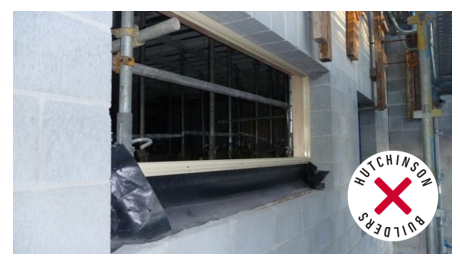
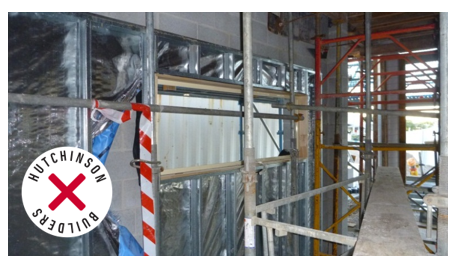
Above - Domestic Window fixed to an internal stud frame with a loadbearing block faced! No cavity. Above Right - Mock instulation to show designer had the WRONG window instlationtion specified.
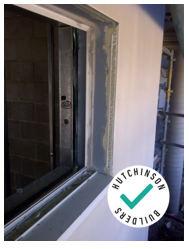
Above - Same job but correct angle fixed “single skin” installation being installed at a later date.
3.2 Or they will use an angle fixed single skin window in a cavity construction without a thought of how to seal the window to the cavity building paper or close the cavity.
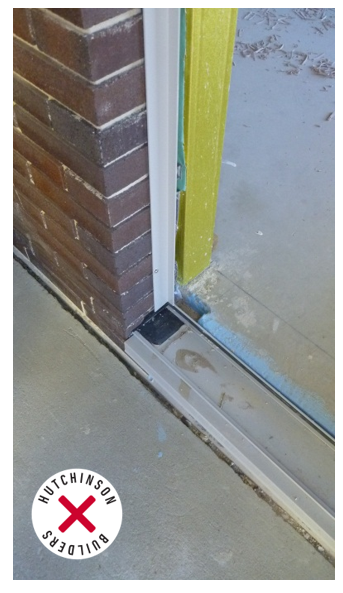
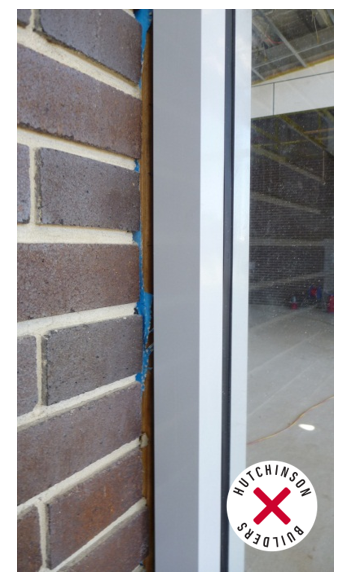
Above – examples of single skin construction windows installed to the external skin (not waterproof) and where fixed to the internal skin with no seal between the window and cavity building paper (blue) or external brick façade (where a domestic window would have a 150mm+ lapped flashing)
3.3 Make sure you review the application and consider what window will work in that application. The process is relatively simple:
3.3.1 If the construction has a drained cavity – if it has weep holes (brickwork) or flashings (claddings) to allow the water that passes through the façade finishes to exit the cavity, then use a cavity construction window. The window is sealed to the internal wall since the external wall is not designed to keep water out, so there is no point locating the window here.
3.3.2 If the construction does NOT have a drained cavity, then the external wall (single skin) is designed to be the waterproof barrier and this is where the window should be installed using single skin construction windows.

